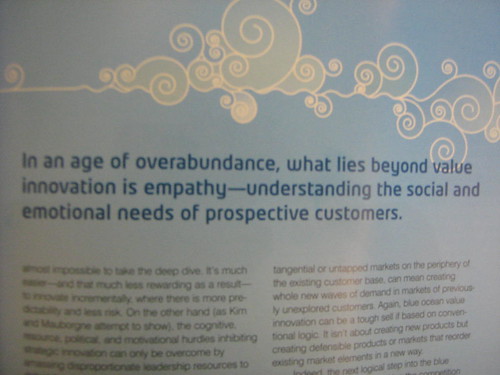Note: Since penning this last week on the flight home from Santa Cruz (forgot to post it until now), my oldest acquired not one... but three webkinz darlings at the Roller Skating party. Yup! guess where she's been asking to go daily? My daughter turned eight last week and although she was thrilled with her new watch, the junior sewing machine and the pink lava lamp, she was the missing "asked for" gift of the moment -- a Webkinz-- that she so desperately longed for.
Have you heard about this
virtual world, yet, that is cleverly disguised as a cuddly
stuffed animal? I say this tongue and cheek of course, but it's true. The animal comes with a code that unlocks your child's stuff animal's very own virtual world. The
Wikipedia entry for Webkinz offers a good description of what kids can do with their virtual animal online:
"When a user adopts their first Webkinz pet, they give it a name, gender, and enter its secret code. The user is then given basic items such as a room and 2000 kinzcash. Upon the adoption of the pet, certain items are considered unique to the pet - such as "exclusive" food or "exclusive" items. After the tenth adoption, the user will receive a Super Bed.[5]
Much of the game play involves the earning and spending of Kinzcash. Earning Kinzcash involves playing multiple minigames, including quizzes and arcade games. This virtual currency can then be used to purchase items for the virtual pet."
From my perspective, what's most interesting about this (and other
similar toys attached to virtual worlds) is the blurring that's occurring in the marketing of entertainment objects between IRL (in real life) and IVW (in virtual worlds). My daughters are growing up both
in an
on this
blurr. To them it is completely normal; they don't have (nor will ever have) any historical perspective that tells them differently.
As a parent, I may not be completely comfortable with the blurr - yet, but I realize that it's an important perspective that will affect ... well,
everything !
But as a trend watcher, I find it fascinating. For from a purely business standpoint, I can see that this is an emerging trend and future perspective that libraries (and all organizations) will have to deal with.
Right now, it's got me wondering this ...
How do we begin to develop future library services that offer and support the "blurr" between IRL and IVW?
I don't have the answer, but I think it's definitely something worth thinking about ...
How about you?
BTW: She doesn't have a Webkidz-- yet! But we still have to make it through the weekend's upcoming rollerskating birthday party. :)



